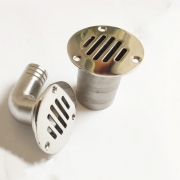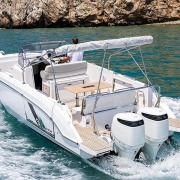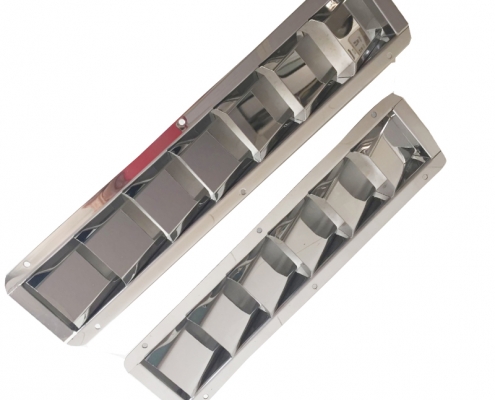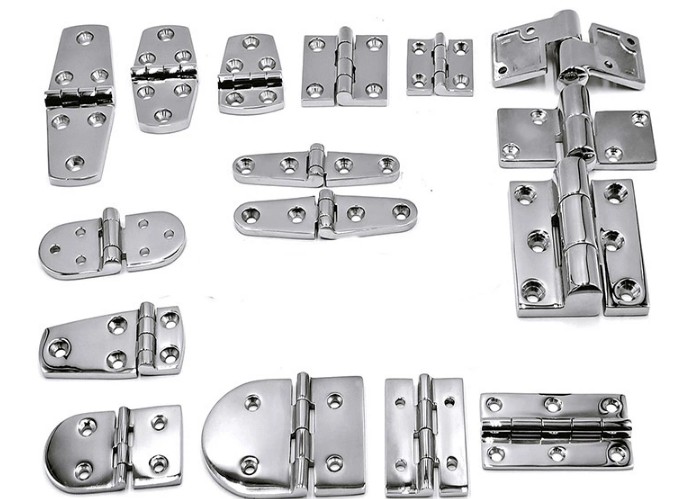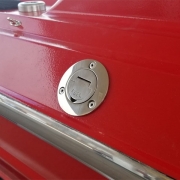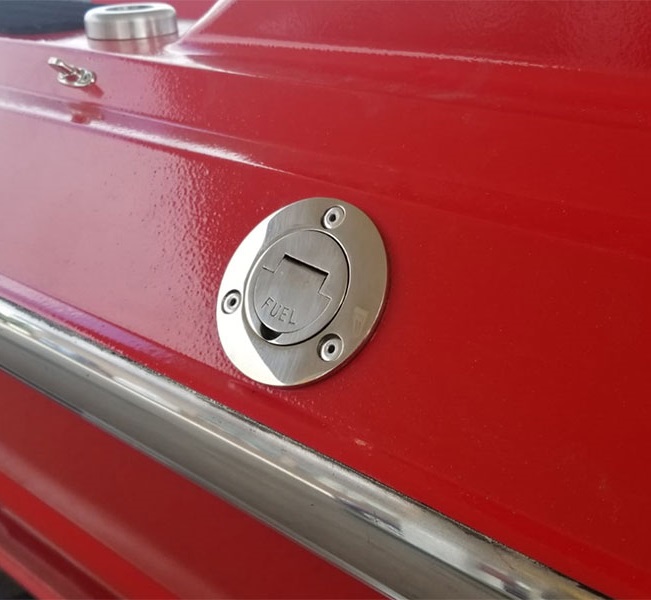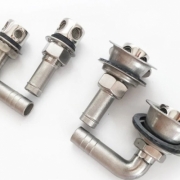How To Fix Your Yacht Drain Vent
Maintaining your yacht’s drain vent is crucial for ensuring a smooth and safe boating experience, especially when planning a boat charter. The yacht drain vent plays a vital role in preventing water shortage and avoiding potential flooding situations. Here’s an expanded guide to help you fix and maintain your yacht’s drain vent effectively.

First, it’s important to regularly inspect the yacht drain vent for any signs of blockage or debris accumulation. Debris stuck in the vent can lead to various issues, including water backing up or flooding. If you notice any debris, carefully remove it to ensure smooth water flow.
When cleaning the main drain, exercise caution as this task is often more complex than it seems. Inadequate cleaning can lead to leaks, especially if there’s dirt build-up in the drain pipe. Regular cleaning and maintenance can prevent such issues.
If you’re unsure about the functionality of your yacht’s drain vent, it’s advisable to consult a professional plumber. A skilled plumber can use a pressure washer for thorough cleaning and should be trained to handle the equipment correctly. When inspecting the vent, check for debris and assess the air filter for any issues that might be affecting the vent’s operation.
Sometimes, a leaking drain vent might not be the primary problem. It could be a result of a faulty pipe elsewhere in the system. In such cases, locating and repairing the underlying issue is necessary. While you can attempt to make repairs yourself, hiring a professional is often the safer option.
When attempting to fix the vent yourself, take your time to understand the problem thoroughly. Rushing the process might lead to further damage, like harming the hose you intend to use for the repair. If you’re unable to diagnose the problem, seeking professional help is recommended.
In addition to these specific steps, general maintenance tips can also be beneficial. For instance, ensuring that the minimum number of vents required for optimal performance is met can significantly improve the functionality of your yacht’s systems. Obstructions in the return air should be removed, and the air filter cleaned to enhance ventilation. Check if the fan runs properly, as a malfunctioning fan can lead to a frozen evaporator. Also, adjusting the thermostat setting can help in certain situations, like removing ice from the system.
Another aspect to consider is the quality of your yacht’s vents. For instance, resealing mushroom vents can be an effective way to prevent leaks. Using a teak ring mounted with a powerful adhesive sealant can create a leak-proof vent, eliminating the need for screws or bolts through the cabin roof, which are often sources of leaks. When replacing old vents, cleaning the surface thoroughly and filling any old bolt holes are essential steps. Using a sealant like Sikaflex, which is available in various colors, can provide a strong bond and suit your boat’s aesthetic needs.
Remember, regular maintenance and timely repairs are key to ensuring your yacht’s drain vent operates efficiently and reliably.

